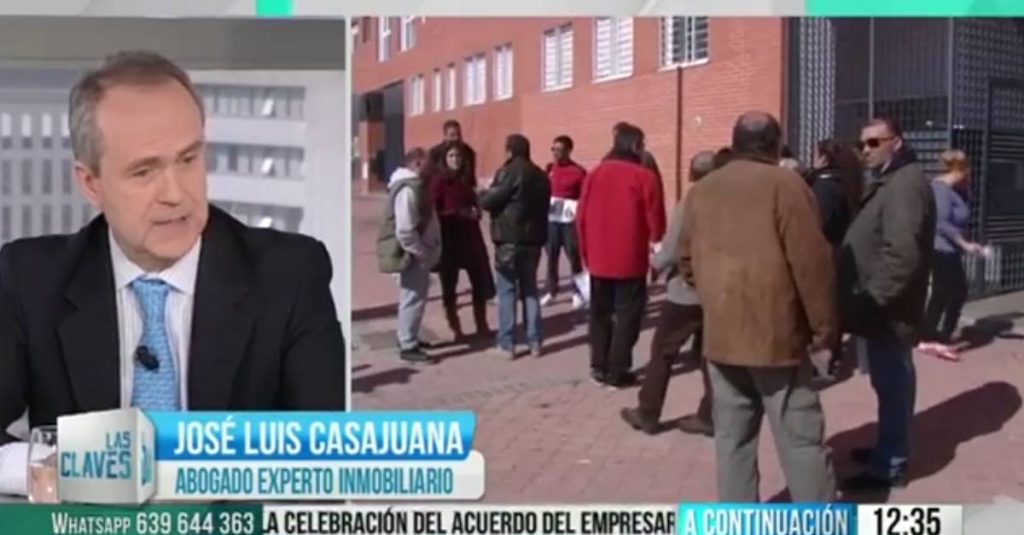Time recording: Which trips are work time and which are not?
A few months ago we published the keys to the new hourly registration, which continues to generate conflict and many doubts to our clients. For this reason, we consider it convenient to write about how displacements that occur when the workforce does not have a fixed work center or works in a different place than the usual work center should be recorded.
What is meant by working time?
First of all, it is worth bearing in mind the concept of “working time” that is thrown up by the Directive 2003/88/CE and the Workers’ Statute.< /p>
On the one hand, article 2 of the European Directive establishes that “means 1) Working time: any period during which the worker remains at work , at the disposal of the employer and in the exercise of his activity or his functions, in accordance with national legislation and/or practices”.
On the other hand, the recently modified Article 34 of the Workers’ Statute provides in its section 5 that “working time will be computed so that both the start as at the end of the day the worker is at his job position”, without shedding a shred of light on the exact definition of the concept. Faced with this legal gap with little definition of the concept, the European Directive is used to establish the general features of “working time”.
Therefore, the nuances applied by the Directive must be applied to differentiate between working time that must be counted and that which is not. These nuances will be three: 1) that the worker remains at work; 2) that he remains at the employer’s disposal, and; 3) that he is in the exercise of his activity or functions.
Which journeys should be counted as working time and which should not?
This is one of the most controversial issues given the absence of references in article 34 of the Workers’ Statute to travel times. Therefore, starting from the definitions previously exposed, there are three different types of displacement to examine:
- Displacement to incorporate or return to/from the usual workplace: this type of displacement does not entail conflict, since there is unanimity that the time invested should not be considered working time. If the definition of “working time” is applied during this type of displacement, the worker does not provide services or is available to the employer, furthermore, according to the definition of art. 34.5 of the Workers’ Statute, “working time will be computed so that both at the beginning and at the end of the daily shift the worker is at his job position”. Therefore, it should be clear that this type of displacement is not working time.
- Travel to a center or place of work that is not the usual one: there are several jurisprudential pronouncements in this regard that understand as working time the displacement that is made to a place or center that is not the usual. In these cases, the Supreme Court understands that when the worker’s schedule is anticipated in order to carry out a specific activity in a certain place that is not the usual one, it must be considered or computed as a working day (Supreme Court Judgments of September 28, 2000 and June 24, 1996). However, it is not a completely peaceful issue, as there are pronouncements that indicate otherwise (Judgment of the Supreme Court of Castile and La Mancha of December 28, 2001). On this same issue, the Guide on the Record of Working Hours published by the Ministry of Labor expressly states that the record “will not include intervals for making it available to the company, without prejudice to its compensation through per diems or supplements” without clarifying if the travel time is (or not) a mere provision to include in the record of the day.
- Displacements that are part of the nature of the provision of the service as there is no fixed place of work: in professions such as commercial and in the absence of regulation in the Collective Agreement, the jurisprudence has understood that working time is counted from the time the worker is in the workplace, leaving out of count the journey that goes from the home to that of the first client and that of the last customer to the worker’s home (Supreme Court Judgments of 4 December 2018 and December 1, 2015). On the other hand, the Judgment of the Court of Justice of the European Union of September 10, 2015 understood as working time the displacements of workers with a mobile work center provided that during these the worker was in the exercise of the activity or their own functions (that the displacement was necessary to provide the service), was available to the employer and performed functions during the displacement to or from the client’s home. For this reason, and when in doubt, it must be taken into account that these trips will be working time and must be recorded if they are essential instruments for the provision of services, since without them it would be impossible for the worker to perform the functions entrusted to them.
Conclusion
As a summary, it should be clear that when recording the time, a distinction must be made between those workers with a fixed work center and those whose work center is mobile.
For the former, only those trips imposed by the company in response to the needs or conveniences of the service will be computed as working time.
On the other hand, for the latter, the provisions of the Judgment of the Court of Justice of the European Union of September 20, 2015 must be followed, being work time those trips in where the worker remains in the exercise of the activity or his own functions (that the displacements are necessary to provide the service); the worker remains at the disposal of the employer (that the employer has control and location of the worker, limiting his private time and dedication to personal matters) and; that the worker remains at work (beyond physical presence, the worker must be fully available to the employer).
In any case, there is still opacity regarding the calculation of trips outside the usual workplace, since the Ministry of Labour, Migrations and Social Security has not yet elucidated anything concrete in this regard , limiting itself to pointing out that the intervals made available to the company will not be included in the registry, without prejudice to its compensation through per diems or supplements. We will have to wait for the first judicial pronouncements in this regard.
23/09/2019




















